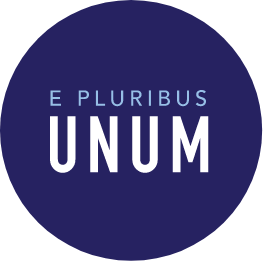TWO HISTORIES, ONE FUTURE:
The Legacy of Confederate Memorials and the Promise of Public Spaces
Findings From Seven Interviews and 26 Focus Groups Across the South
TWO HISTORIES, ONE FUTURE:
The Legacy of Confederate Memorials and the Promise of Public Spaces
Findings From Seven Interviews and 26 Focus Groups Across the South
About the Project
In partnership with E Pluribus Unum (EPU), PRRI convened a series of 26 focus groups across 13 southern states to discuss how residents think about public spaces in their communities and about the legacy and future of Confederate monuments. As documented in the Southern Poverty Law Center’s “Whose Heritage?” project, as of 2022, more than 2,000 Confederate monuments and memorials still exist around the country. Most are concentrated in former Confederate states, but many others have been erected across the country. These monuments take the form of statues and memorials, as well as the names of schools, streets, government buildings, and public parks. Many were built in the early 20th century, as a tribute to the “Lost Cause” of the Confederacy, and some were even dedicated in the 21st century.
The past 10 years have brought waves of protests calling for racial justice, triggered by events such as the mass shooting of Black parishioners by a white supremacist at Mother Emanuel Church in Charleston, South Carolina; the “Unite the Right” white-supremacist march in Charlottesville, Virginia; and the killing of George Floyd by police in Minneapolis, Minnesota. These protests have sparked discussions about the nation’s racial history, during which some people have called for the removal of public monuments and memorials that honor the Confederacy and its leaders. Meanwhile, other people have responded by strongly objecting to their removal.
To understand Black and white Americans’ views on this topic, PRRI and EPU convened two focus groups in each of the 13 included states, with participants divided by race: one white group, with a white moderator, and one Black group, with a Black moderator. Having all white and all Black groups created a space in which participants were less likely to self-censor their views for fear of offending participants of a different race.
Since part of the purpose of the project was to investigate the role of religion in conversations about race and public spaces, the groups included only those who affiliated with a religion and said it was important in their life. Participants were selected to balance other characteristics within the group, including age, gender, and partisan affiliation. Recruitment for each group was focused on a specific city within each state, but owing to the other criteria, some participants came from outlying areas near the city or even other parts of the state.
As part of the project, PRRI and EPU also fielded a national survey, with samples in each of the 13 focus group states, to see how the focus groups resonated with larger representative samples. Results from the survey are provided throughout this report to provide additional context for the focus group findings.
These focus groups provided an important environment for conversations about public spaces and the legacy and future of Confederate memorials. Many Black Americans shared deeply personal anecdotes about how the legacy of the Confederacy has touched their lives and how memorials serve as reminders of a violent past and a tense present. Furthermore, these focus groups shed light on the work that still needs to be done to bridge racial divides in American communities, particularly regarding Confederate memorials.
